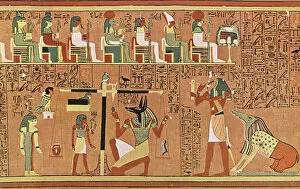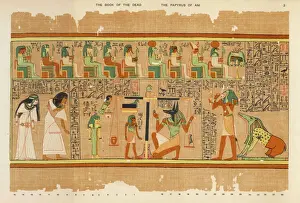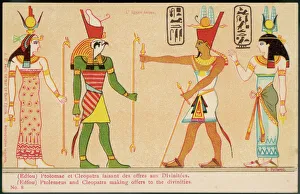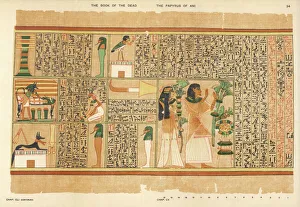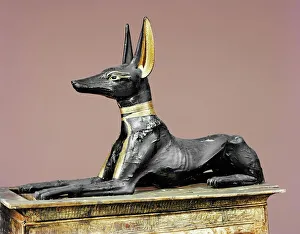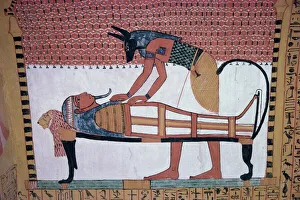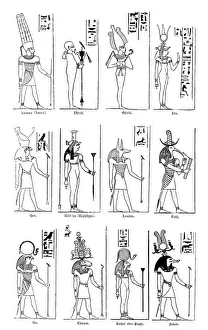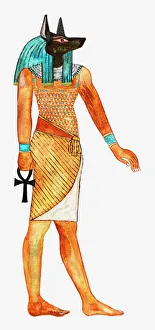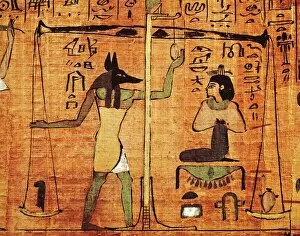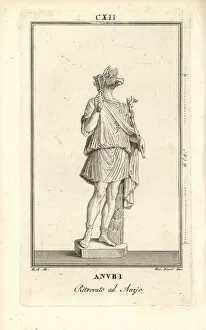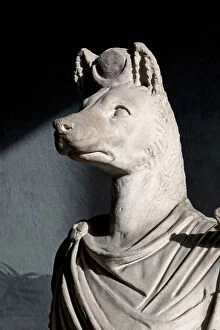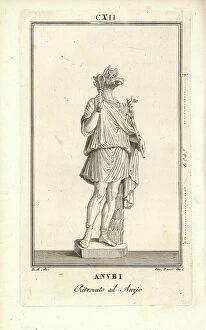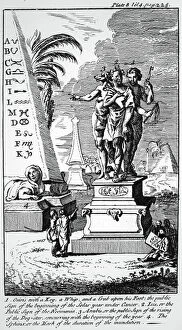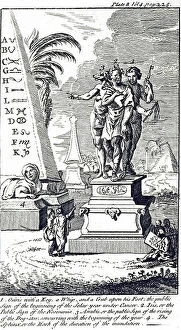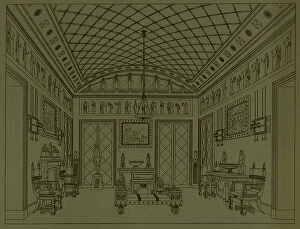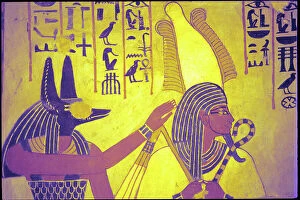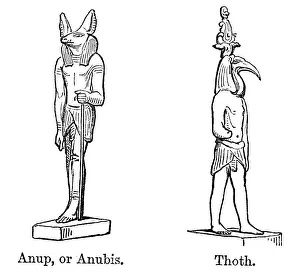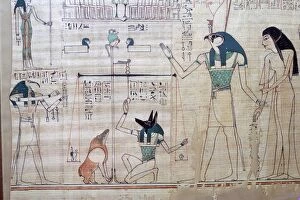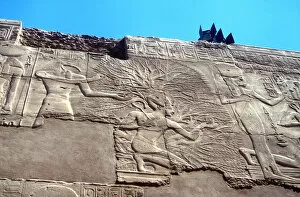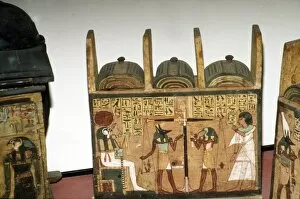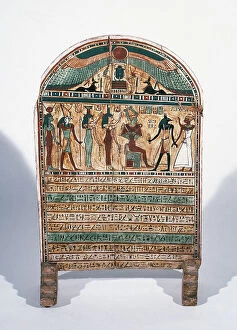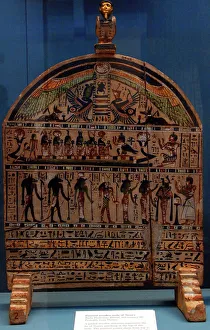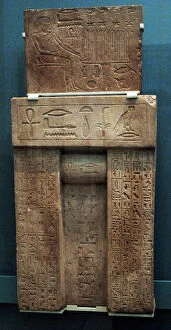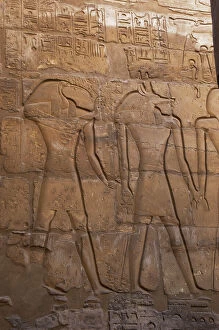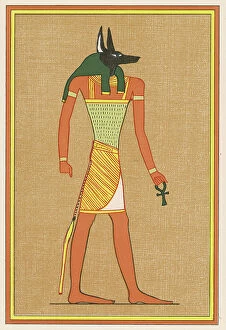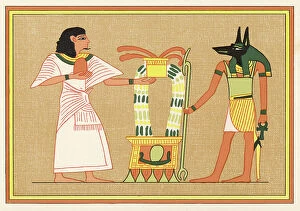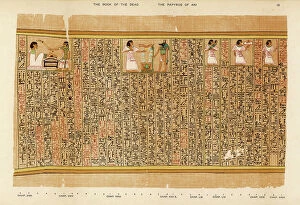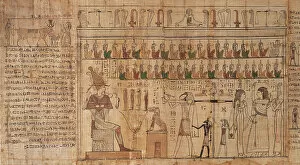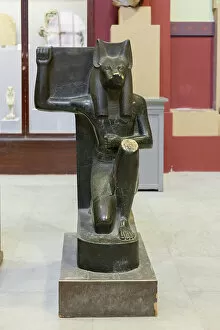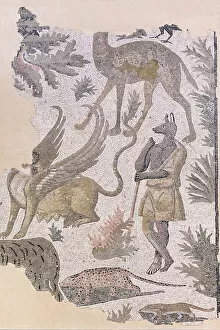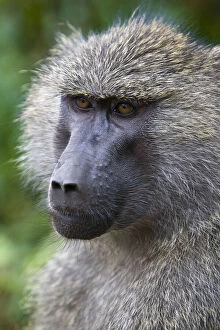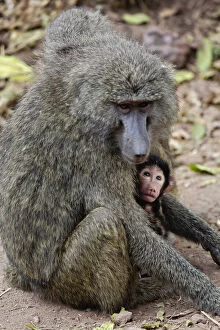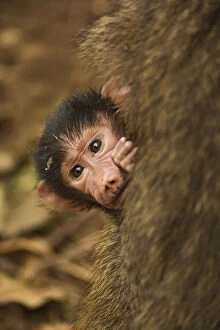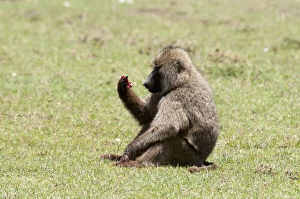Anubis Collection
"Anubis: The Divine Guardian of the Afterlife" In ancient Egyptian mythology
For sale as Licensed Images
Choose your image, Select your licence and Download the media
"Anubis: The Divine Guardian of the Afterlife" In ancient Egyptian mythology, Anubis played a crucial role in guiding souls through the treacherous journey to the afterlife. Depicted in various forms across different artifacts and murals, this god of death and embalming held immense significance for the Egyptians. One such representation can be found in the Papyrus of Ani (Book of the Dead), where Anubis stands tall amidst a scene known as "The Judgement. " This captivating illustration showcases his presence during the weighing of souls, determining their fate based on their earthly deeds. Another mesmerizing depiction is seen on Plate 3 of the Book of the Dead. Here, Anubis leans over Ramses II's mummy within Sinjin's Tomb, symbolizing his protective role even beyond death. Similarly, in Tutankhamun's tomb discovered in Thebes' Valley of Kings, an awe-inspiring mural portrays King Tut transformed into Anubis himself—a testament to his divinity. As one among many Egyptian gods revered by ancient civilization, illustrations often show him holding symbols like ankh—the key to eternal life—emphasizing his connection with both mortality and immortality. Statues dedicated to this deity further solidify his importance; one such statue depicts Hermanubis—an amalgamation between Anubis and Hermes—highlighting cultural syncretism. Preserved papyri from Egypt's rich history provide glimpses into rituals surrounding death and rebirth. In particular, papyrus fragments from The Book of The Dead unveil scenes featuring Anubis during psychostasy—the weighing ceremony that determined if souls were worthy enough for paradise or condemned to eternal darkness. Through these intricate depictions spanning centuries, we witness how deeply ingrained belief systems shaped ancient Egyptian culture. As guardian and guide through life's final journey, Anubis remains an enduring symbol representing humanity's fascination with the mysteries of death and the afterlife.

